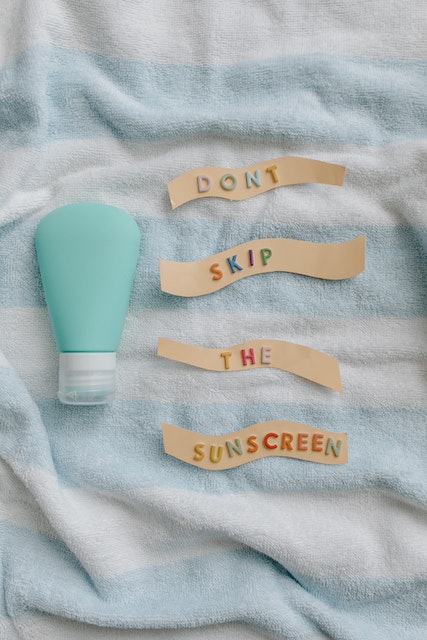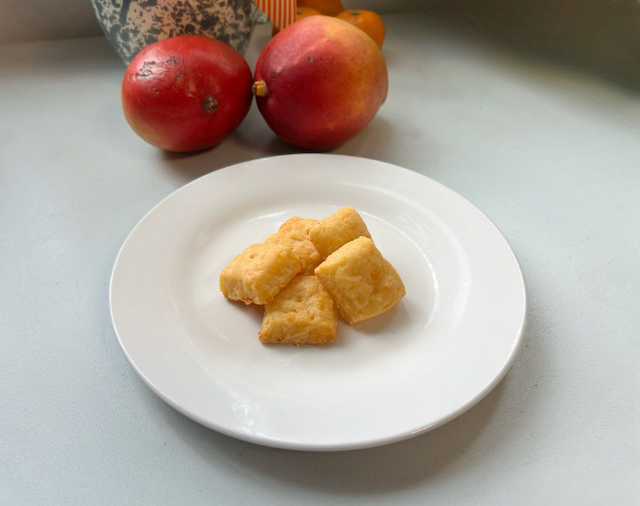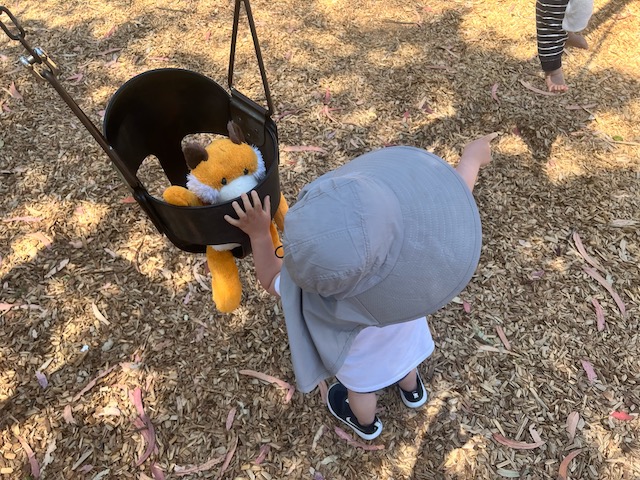Growing up as a kid, I didn’t care much for sunscreen or any other sort of sun protection whatsoever. I was fine with getting overly tan in the summers and turning “Casper” white in the winters. But now as a father, the cancer patients I served as a healthcare professional resonates more profoundly and I feel a strong sense of duty to stay healthy for the family.
So, now I buy the $7 sunscreen and prevent thousands of dollars in cancer treatments in the future (not 100% guaranteed).
Just tell me about the sunscreen ↓
That’s how I got here today - a fresh father on a quest to find the best sunscreen for my family, so we can spend as much time together in the sun.
From my research, I have learned not all sunscreen is created equal. High SPF does not mean better protection. Not all claims are scientifically accurate.
Here are the quick notes
- The U.S. Food and Drug Administration (the FDA) does not strictly regulate sunscreen companies to ensure “30 SPF” is really “30 SPF” (sometimes it’s a lot lower!). Reference to the research conducted by the FDA.
- Some sunscreens are contaminated by known cancer-causing chemicals like benzene (there is no safe level for benzene - Another great reference)
- SPF does not mean you have 15 minutes to an hour. It means it can protect for a certain intensity and amount of UV rays (UVA and UVB).
- Some potentially unsafe or ineffective chemicals are used in sunscreen. These extra chemicals can be found in breast milk, urine, and blood even weeks after absorbing through the skin (reference: Research on Banned Sunscreen Ingredients by UC Irvine and Case Western). Some sunscreen chemicals not found to be safe or effective (all of these can be absorbed through the skin):
- Oxybenzone
- Octinoxate (Octyl methoxycinnamate)
- Homosalate
- Octisalate
- Octocrylene
- Avobenzone
- All sunscreens breakdown over time and become less effective.
- Sunscreens have ingredients that can cause allergic reactions.
- Sunscreen needs to be reapplied regularly and more frequently as you are nearer the equator (less atmosphere to reach the ground).
What I recommend for my family and friends
- Trusted Products: sun creams or lotions with titanium dioxide or zinc oxide (two chemically approved by the FDA for sunscreen) from 3rd-party tested products.
- Avoid Aerosols: inhaling nanoparticles, even titanium dioxide or zinc oxide, can be harmful (Reference: Research on inhaling nanoparticles in cosmetics).
- Sweet SPF Spot: Use sunscreen with SPF between 30 and 50. Do not use sunscreen with SPF above 50 to reduce
- Reapply Regularly: Even if you have a good SPF, non-aerosol sunscreen lotion from a trusted product, if it washes away, it provides little protection.
- Reduce Direct Sun: Be careful with direct, prolonged sun exposure from 10am to 4pm, and nearer to the equator.
- Listen to Experts: Apply sunscreen early, regularly and generously – 15 minutes before going outside and at least every two hours thereafter (American Cancer Society). Reapply after being in the water, sweating a lot, towel-drying, or anything else that can remove the sunscreen.
My Top Picks:
Babo Botanicals Baby Skin Mineral Sunscreen Lotion
I like this lotion because it's SPF 50, water-resistant, no smell, and all the claims were verified by a professional organization - not the company themselves.
All Good Baby & Kids Mineral Sunscreen Butter Stick
I like this lotion because it's SPF 50, water-resistant, snorkeling/diving safe, unscented, stick, and all the claims were reviewed by a professional organization - not the company themselves.
Honorable Mention:
This is a roll-on stick with verified data from a professional third-party organization, but it is WAY TOO EXPENSIVE. On top of paying a nugget for 1 oz, the major problem with this is the packaging. Have you ever had that stick of deodorant that keeps on turtling back into the container when it’s being applied? Similar thing happens with this package.
I like this sunscreen stick because it's SPF 30, scuba-friendly, a stick, and all the claims were verified by a professional organization - not the company themselves. But, $30 for 1 Oz stick that has annoying packaging. I recommend the Babo.
More Info/Options
If you are looking for more options and information. I go here: EWG Sunscreen


 Cheese Crackers (Homemade Cheez-Its)
Cheese Crackers (Homemade Cheez-Its)